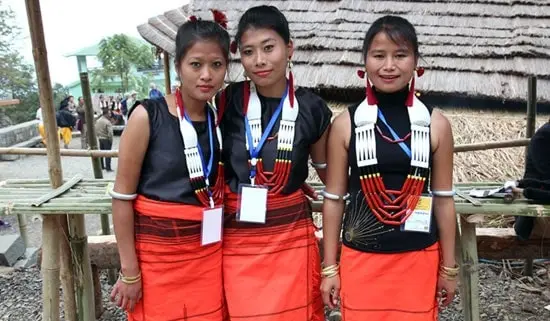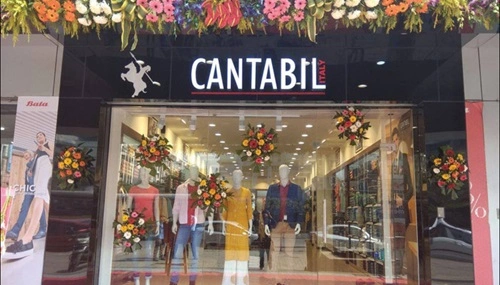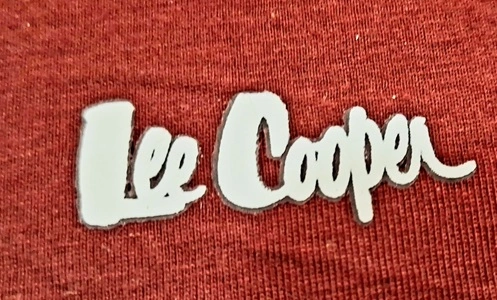Nagaland state is famous for its diverse cultural legacy. There were few visitors to the state earlier, but it has gained popularity today. Whether a nature lover or a thrill seeker, there is always something fancy to explore in Nagaland. From its dazzling traditional attire to kilt dresses, each of them is charming in its way. Here are some of Nagaland’s conventional dresses for men and women that will attract visitors nationwide.
Traditional dress of Nagaland for Women
1. Neikhro

A traditional skirt is draped around the waist by Angami women. This skirt is similar to a dress. Neikhro is a popular conventional wear that is identical to the Manipuri traditional dress. Its beautiful design and classy pattern are enough to catch others’ attention towards it.
2. Azu Jangup Su
Azu Jangup Su is a festive dress. It is a long, straight-cut skirt embedded with bright yellow and red strip boxes around it. This festive black skirt is often paired with a matching blouse or a top. Wearing Bangles, necklaces, and headgear further enhances the look of the dress.
3. Mechala
Mechala is a fantastic piece of cloth tied around a skirt and shawl by Nagame women. It is an essential traditional attire for them. The combination of look, style, comfort, and colour demonstrates their culture.
4. Moyer Tusk
The geometrical zigzag pattern on this blue cloth gives a classy look to this traditional dress of Nagaland. Though this dress has undergone several modifications for centuries, the original pattern was dyed deep blue. This zigzag pattern at the edges elevates the overall glimpse of the fabric. If this cloth is paired with fashionable jewellery, it gives a graceful look.
5. Lohe
Lohe is an Angami tribal dress. Patterns of red and yellow bands surround the clothing. This traditional dress of Nagaland is worn by tribes of Angami village residing in the state’s western region. These clothes have an exclusive sense of differentiating patterns.
Traditional dress of Nagaland for Men
1. Tsungkotepsu
Tsungkotepsu is a traditional Ao warrier shawl. A variety of animal figures like that of Mithun (animal sacrifice), cock, human head, tiger, spear and elephant are printed on this cloth. All the characters printed on this shawl have particular importance. For example, the Mithun represents the wealth of the person wearing it; the Human head denotes the wearer’s success. Meanwhile, the pictures of the tiger and elephant define the tribe’s ability to hunt. All these patterns are usually black and printed on the top of the white band.
2. Alungstu and Lungpensu
Alungstu is a traditional dress of Nagaland and is popular even today. This attire solely represents success and prosperity and belongs to influential families. It is typically dyed in yellow or red colours. There are floral motifs that depict good fortune and happiness. A dark blue-coloured fabric with a narrow strip at the edges differentiates Lungpensu. It has a white and red checkered design in the centre, decorated with five unique light blue stripes.
3. Ratapfe and Khiamniungan Attire
Rataphe is a daily wear traditional outfit. A black shawl is embedded with cowrie shells in the third and fourth rows. Khiamniungan is a unique attire of the Khiamniungan tribe. It is a sleeveless suit made of cotton and usually arrives in blue or black.
4. Rhikho
Rhikho is comprised of pure white cloth with four black bands. It is a traditional dress for Nagaland men who haven’t hunted even once or kept a grand feast for the community tribes.
5. Changs (Shawls)
There are different kinds of Chang shawls. Tobu nei has a geometrical pattern with red and black lines on them. Kaksi nei is a traditional dress worn by both men and women in Nagaland. Rongkhim is a red triangular-shaped shawl worn by people who have taken lives in war. Yimchunger, Mokhok and Aneak Khim are a few other shawls worn by the Nagaland men.
Conclusion
Nagaland showcases cultural diversity through its traditional attire. Each piece tells a story of courage, strength, wealth and joy, from the vibrant kits to shawls. Whether it’s the festive Azu Jangup Su wear or the warrior-like Tsungkotepsu, Nagaland’s traditional dress is a captivating blend of beauty and cultural significance.

